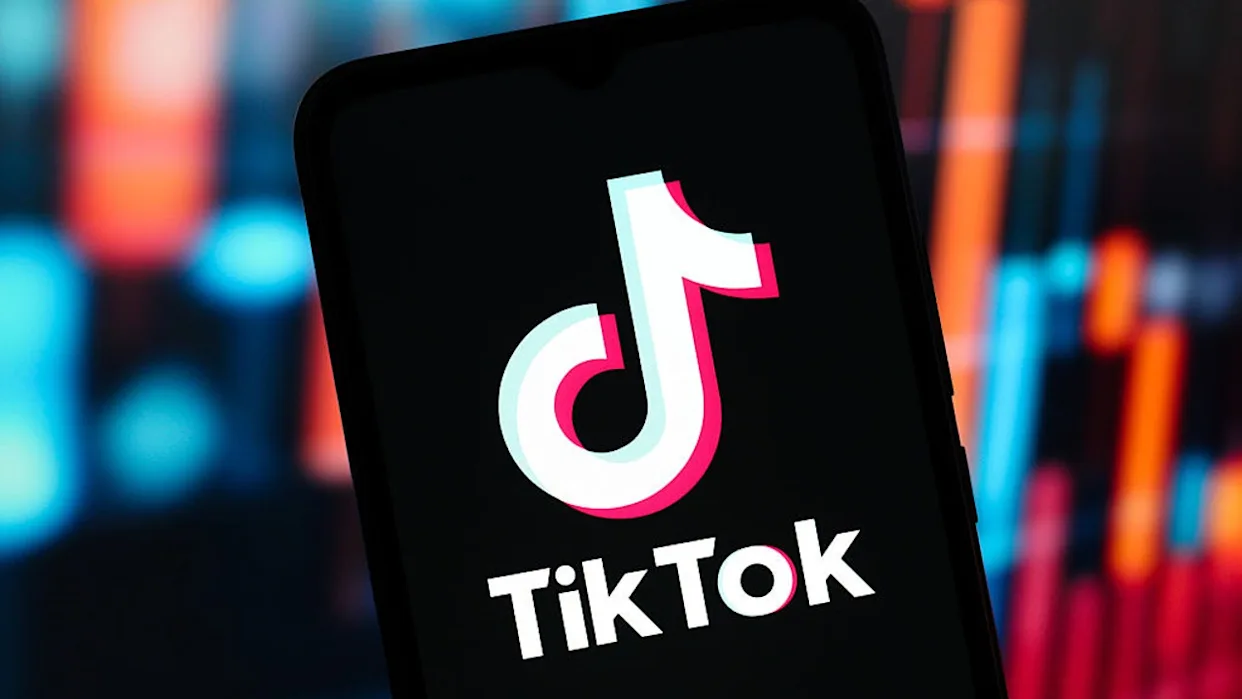ILLINOIS — With prescription drug prices continuing to rise nationwide, three Illinois employers have found a powerful cost-saving strategy: PBM carve-outs. By moving away from major insurance carrier-owned pharmacy benefit managers, these companies collectively saved an average of 23% on pharmacy expenses — and one even cut costs by 40%.
The results, based on claims data from 1,200 covered lives, offer a compelling blueprint for other businesses seeking to reduce health plan spending without compromising care.
What Is a PBM Carve-Out?
A Pharmacy Benefit Manager (PBM) carve-out means separating your prescription drug benefits from your primary health insurance provider. Instead of using a carrier-owned PBM like Caremark (CVS), Express Scripts (Cigna), or OptumRx (UnitedHealthcare), companies contract with independent, transparent PBMs.
According to this LinkedIn case study, these carve-outs eliminate conflicts of interest that arise when insurers profit from both insurance premiums and prescription drug markups.
Key Benefits for Illinois Employers
The employers in this case had similar profiles:
-
~200 employees each
-
400 total covered individuals including dependents
-
Formerly used major carrier-owned PBMs
-
Switched to transparent, independent PBMs
Their results after switching:
-
Average cost reduction: 23%
-
Highest savings: 40%
-
Lowest savings: 13%
The study measured both drug claims and rebates over a one-year period, validating that transparent PBMs pass through 100% of rebates and offer real-time pricing visibility.
Why Traditional PBMs Drive Up Costs
Major PBMs often retain rebates, promote higher-margin drugs, and restrict employers’ access to usage and pricing data. This creates a hidden cost structure that works against employers and employees alike.
In contrast, independent PBMs offer:
-
Transparent pricing with no spread
-
Full rebate pass-through
-
Clinical oversight independent of profit motive
-
Greater access to actual pharmacy data
These structural differences are what allowed the three Illinois employers to reduce costs so significantly.
Implementation Steps for Interested Employers
Switching to a transparent PBM isn’t as difficult as many fear. The process usually includes:
-
Analyzing Current Spend
-
Request rebate retention data and specialty drug usage reports
-
Review per-member-per-month pharmacy costs
-
-
Evaluating Alternative PBMs
-
Look for fiduciary PBMs with rebate guarantees
-
Ensure compatibility with your existing health plan and network
-
-
Modeling Financial Impact
-
Consider administrative and dispensing fees
-
Estimate long-term cost trends post-carve-out
-
With proper planning, these carve-outs can integrate seamlessly with current HR and payroll systems — with minimal employee disruption.
A Scalable Solution for Self-Funded and Fully-Insured Plans
While self-funded employers see the most immediate savings, even fully-insured employers can benefit if they move toward a self-funded model. In some cases, the savings from a PBM carve-out alone can offset much of the risk associated with that transition.
Before Your Next Renewal, Consider This
Experts recommend that Illinois employers:
-
Compare multiple PBM vendors
-
Request guaranteed savings models
-
Assess impact on employee access and experience
-
Communicate the change clearly across your workforce
Have you reviewed your PBM strategy? Let us know how your business is navigating healthcare costs at ChicagoSuburbanFamily.com.












